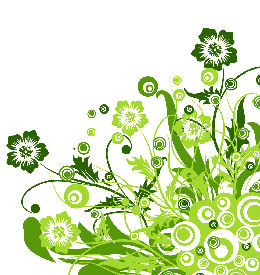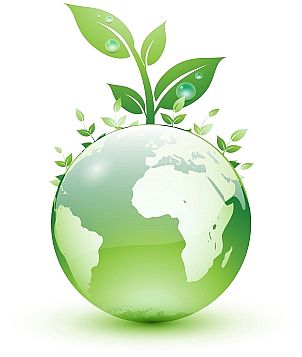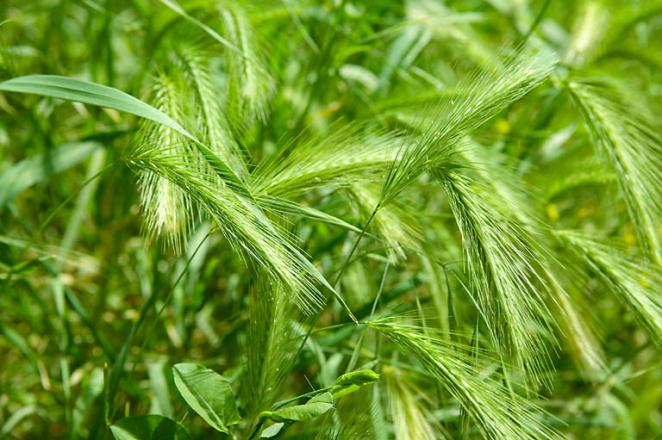Get your answers here...
Why use Bhumi Hot Drink Cups and Bowls?
Our high quality hot drink cups are a perfect replacement for traditional paper products which are lined with non-compostable Petroleum based coatings. Our Hot Drink cups and bowls are made from paper from responsibly managed forests and are coated with a PLA coating, made from annually renewable resources such as corn.
Most cups now come fully equipped with a compostable Hot Drink Lid too, a brand new innovation, giving you the choice to choose a fully compostable solution for Hot Drinks and Soups.
Join the ZERO WASTE CRUSADE by making the choice to purchase Bhumi Products today
What is Bagasse?
Bagasse products are made solely of sugar cane fibre, which is a natural by-product of the sugar refining industry. Pulp is left after the juice has been extracted from the sugar cane stalk. Bagasse is made by pressing the pulp with intense pressure and high temperatures to a mold form. It is sterilized and sanitized. These green friendly products are oil resistant, perfectly safe and can be used with hot and cold foods or liquids. Bhumi bagasse products are sturdy, attractive and can be used in the microwave or freezer. The products have no toxic coatings and are completely biodegradable and compostable.
Background on bagasse: As recently as 1993, Bagasse was essentially a waste product and incinerated, thus creating air polution while also forcing sugar mills to incur additional disposal costs. Making tableware out of this residual sugar cane fiber actually decreases air pollution and adds value to the material. In tropical regions of the world sugar cane represents a major crop. Because of the increasing demand for sugar in the last century, large areas in the tropical and subtropical countries all around the world were allotted for sugar cane crops. Low level of maintenance and good productivity made sugar cane an attractive crop for farmers in these regions. Most of the high sucrose varieties are fully ripened and ready for harvest when they are 10 to 15 months old. Accordingly, sugar cane bagasse is very much an annually renewable resource.
How bagasse is produced: Once harvested, sugarcane is crushed in a series of mills, each consisting of at least three heavy rollers. Due to the crushing, the cane stalk will break in small pieces, and subsequent milling will squeeze the juice out. The juice is collected and processed for production of sugar. The resulting crushed and squeezed cane stalk is bagasse.
Further, in some factories around the world, the sludge left over after removing the cellulose fibers in creating bagasse, is used to power the actual paper-mills. The resulting CO2 emissions in burning bagasse are equal to the amount of CO2 that the sugarcane plant used up from the atmosphere during its growing phase. Consequently, the resultant heat from this process appears to be greenhouse gas-neutral.
How well do bagasse products handle heat?
Our products made from Bagasse (sugarcane fiber) will handle hot food and beverages up to 190 degrees Fahrenheit.
Do the factories where bagasse products are made use child labour?
Bhumi Products ensures that our manufacturers do not use any child labour or sweatshop labour. Bagasse products are made in a clean, safe factory. If you would like more details on the conditions of the factory, please call us.
Is bagasse better for the environment than products made of paper?
Bagasse is considered to be more environmentally friendly than paper because it is derived from a very renewable resource – sugarcane. Also, bagasse comes from the sugarcane stalk. Rather than burn or throw away the used sugarcane stalks, they are used to make bagasse food service products. That makes bagasse a very sustainable product!
How long does it take for bagasse to fully biodegrade and compost?
Bagasse is fully compostable and biodegradable. In commercial composting conditions, bagasse will compost in approximately 60-90 days. Composting may take longer in a home composting bin.
What are PLA Products?
Poly Lactic Acid (PLA) has the look and feel of clear plastic but is made from annually renewable resources such as corn. Bhumi offers many versatile PLA items like Clear Drinking Cups, Salad Bowls, Deli Containers, Clear Lids, and Sushi Trays among other products.
PLA is fully biodegradable and accepted for use in most municipal organic recycling programs.
What do you mean by compostable?
Bhumi Products are considered compostable, which means it breaks down into negligible organic materials within a relatively short period of time under industrial composting conditions. For example, it would take approximately 60-90 days for a typical disposable cup made of Bhumi Products to compost into carbon and water. (Actual days can vary depending on the shape and thickness of the product).
Industrial composting conditions mean that a sustained level of heat and humidity are maintained, and mature compost with microbes are present; compost piles in individuals’ back yards do not produce these same results.
If I throw away Bhumi Products into the trash, will it biodegrade in a landfill?
Landfills today act very much like a storage tank and generally not designed to allow biodegradion. Because Bhumi Products are made from a renewewable resource instead of plastic made from oil, it will react in landfills similiar to that of other organic waste such as food. Bhumi Products are fully compostable in a composting facility.
What’s the cost of Bhumi Products compared to other conventional plastic resins?
Based on average published prices, the cost for PLA resin ranges from 10%-20% higher than traditional plastics. It is however reasonable to consider that purchasing power is king as more organizations come on board and purchase renewable products. As we reach peak oil, future PLA prices will most likely fall as oil prices continue to rise.
By demonstrating your commitment to the environment you, your customers, your friends and family will all become a part of the ZERO WASTE CHAMPIONSHIP!
Does it take fossil fuel resources to produce PLA products?
Conventional hydrocarbon polymers (regular plastic) use limited reserves of oil and natural gas. Fossil fuels take millions of years to regenerate. 35% of the energy required of PLA is derived from renewable resources, resulting in PLA utilizing 65% less fossil fuel than regular plastic.
What products are made out of PLA?
Products include cups, cutlery, food containers, trash bags and more.
Can you print my company’s logo on the corn plastic cups?
Yes! Bhumi Products can be custom printed with your logo. For prices and details on custom printed cups and other service ware, please contact us. info@bhumiproducts.com
Our products contribute 65% less greenhouse gas than regular plastic. How?
PLA products are renewable resources and carbon dioxide is removed from the air when corn is grown. Carbon dioxide is considered by some to be a significant contributor to global warming.
Making the switch to buying our products means that you are, quite literally, investing in our future, and making the world a better place. Please do your part for a better world for our future generations.
What is the difference between compostable and bio-degradable?
Compostable means that the product will completely break down into carbon dioxide, water and sometimes humus (organic matter that remains after plant residues have decomposed), under specific conditions.
A compostable product will not contaminate the environment and not reduce the value of the finished compost. When a product is compostable, it should meet ASTM and/or BNQ standards.
Biodegradable products are those that partially break down. Biodegradable products will leave traces of material in the environment, and cannot be used by the earth’s ecosystem as a food source.
The products that Bhumi sells are made entirely from plants and compostable.
FOREST FACTS
We are losing forestland at a rate of 375 km2 each day. This is more than the total area of New Hampshire, Vermont, Massachusetts, Rhode Island, Connecticut, New Jersey and Delaware combined!
The world has already lost 80% of its original forests.
1.1 billion acres of tropical forest were cleared in just thirty years, between 1960 and 1990.
Brazil lost 91.4 million acres of its tropical forest between 1980 and 1990. This is almost the total area of North and South Dakota combined.
At the world's current rates, 5-10% of tropical forest species will become extinct every decade.
Isn't it time to embrace new products and technology? Isn't it time to make the shift from conventional paper materials and hydrocarbon polymers?
Bhumi Earth Products offer cutting edge environmentally friendly products that set the GREEN standard for excellence in compostable disposable dinnerware and cutlery.
info@bhumiproducts.com
www.bhumiproducts.com







